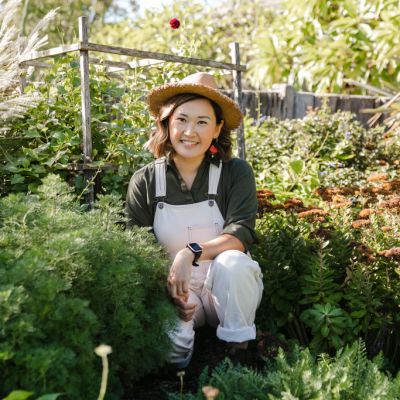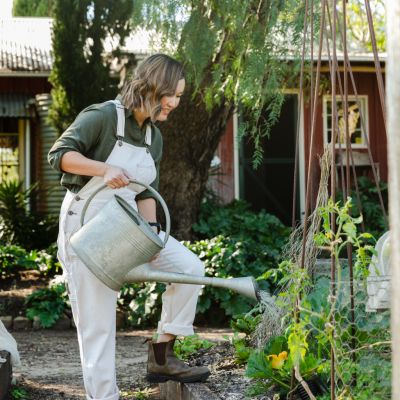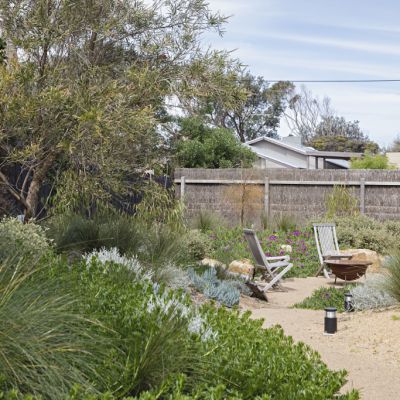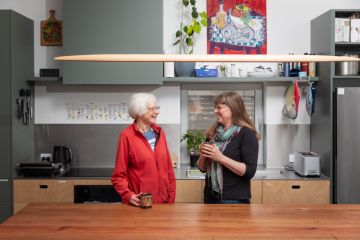How to plant a romantic wildflower garden

Flowers are the ultimate harbingers of joy, their vibrant, floriferous faces lighting up your garden in a kaleidoscope of colours. These cheerful blooms not only beautify your space, they also roll out the welcome mat for a host of beneficial pollinators and wildlife. But why stop at just a few? Go all out and plant a romantic wildflower meadow. You don’t need rolling hills to do this either; even a small garden bed can reap the rewards.
Do the groundwork
For blooms to thrive, you will need an area with at least six hours of full sun – most flowers won’t flourish in shady conditions, though there are exceptions. Begin by clearing the area of weeds. Hand-pull small patches or use an organic weed killer for larger areas. If using a weed killer, wait for the weeds to die down—this may take up to 24 hours or longer, depending on weather conditions and spray coverage—before removing them. Once clear, enrich the soil by applying compost, well-aged animal manures, or pelletised organic fertilisers to the area and forking it in well.
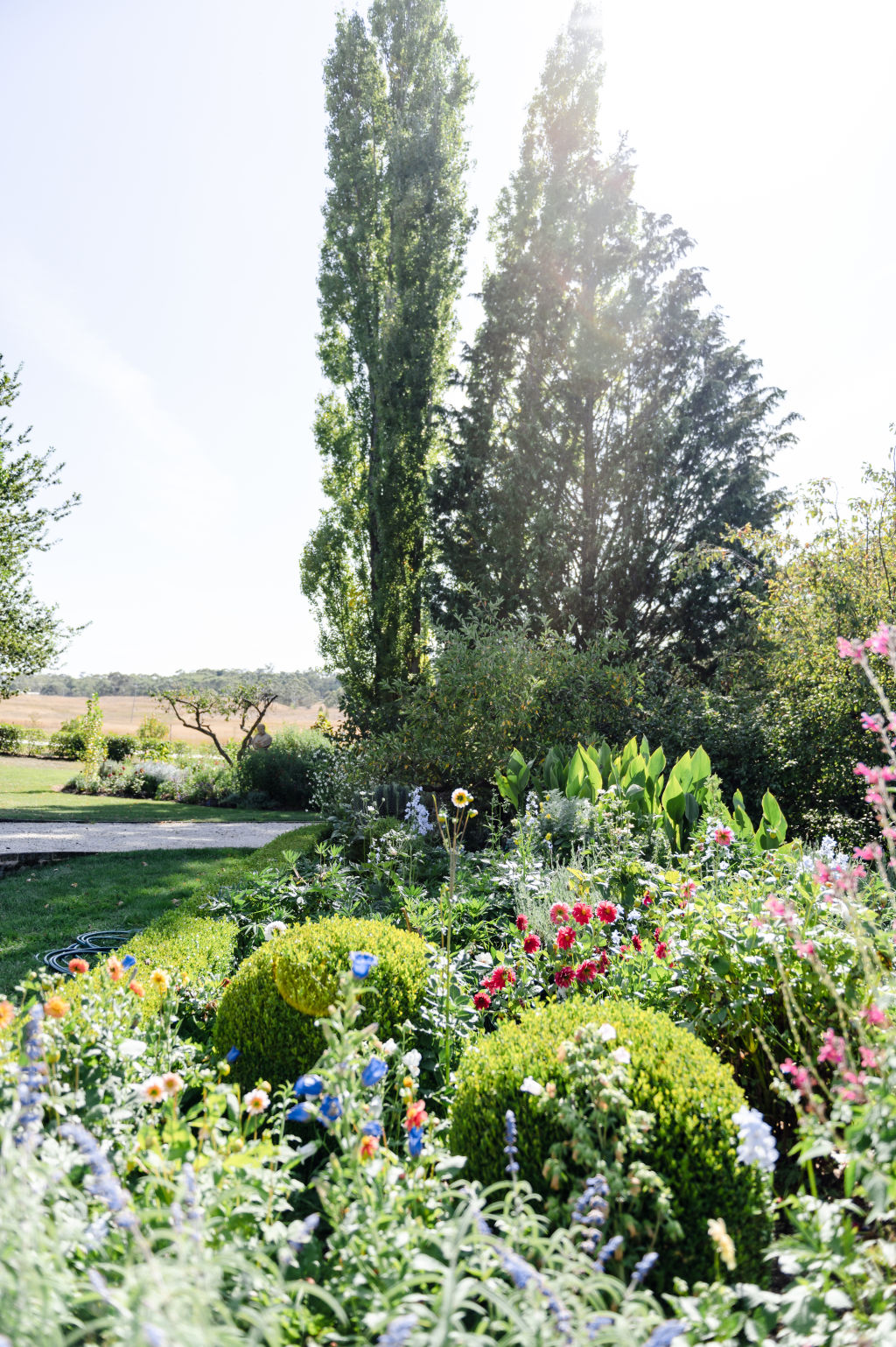
Blossom buddies
Whether you dream of native flowers, a meadow filled with exotics, or a beautiful blend of both, there’s an incredible variety of flowering plants to cultivate in your garden. Mix annuals, which provide a short-lived burst of colour each season, with perennials that return year after year, creating an ever-evolving garden that combines the best of both worlds. For year-round interest, consider adding ornamental shrubs or grasses and mix in foliage plants for visual contrast and texture.
Direct seeding into garden beds is ideal, as it eliminates transplant shock—the stress plants experience when uprooted and relocated. However, if you’re not confident about direct sowing, you can start seeds in trays or punnets and transplant the seedlings when they’re ready. For instant impact, consider purchasing mature seedlings or established pot plants from the nursery.
To keep things simple, mass-planting one or two varieties can create a stunning effect. For native options, try everlasting daisies (Xerochrysum bracteatum), yellow buttons (Chrysocephalum apiculatum), strawflowers (Rhodanthe chlorocephala), kangaroo paw, emu bush (Eremophila), or fan flower (Scaevola). If you prefer exotics, excellent choices include cosmos (cupcake cosmos being my favourite), zinnias, cornflowers, calendulas, poppies, salvias, echinacea, agastache, and borage.
To create a dynamic scene, mix up the plantings so you have varying heights, textures, colours and shapes next to each other, making for a visually interesting garden. For a convenient option, consider purchasing packets of premixed seeds, such as a ‘cottage garden mix’ or ‘wildflower mix’, which contain a selection of complementary flowers designed to bloom together. This way, you get a diverse array of blooms without the hassle of selecting individual varieties.
Where to buy
Tammy Huynh is a horticulturist, presenter on Gardening Australia and the owner of Leaf an Impression.
We recommend
We thought you might like
States
Capital Cities
Capital Cities - Rentals
Popular Areas
Allhomes
More
- © 2025, CoStar Group Inc.
